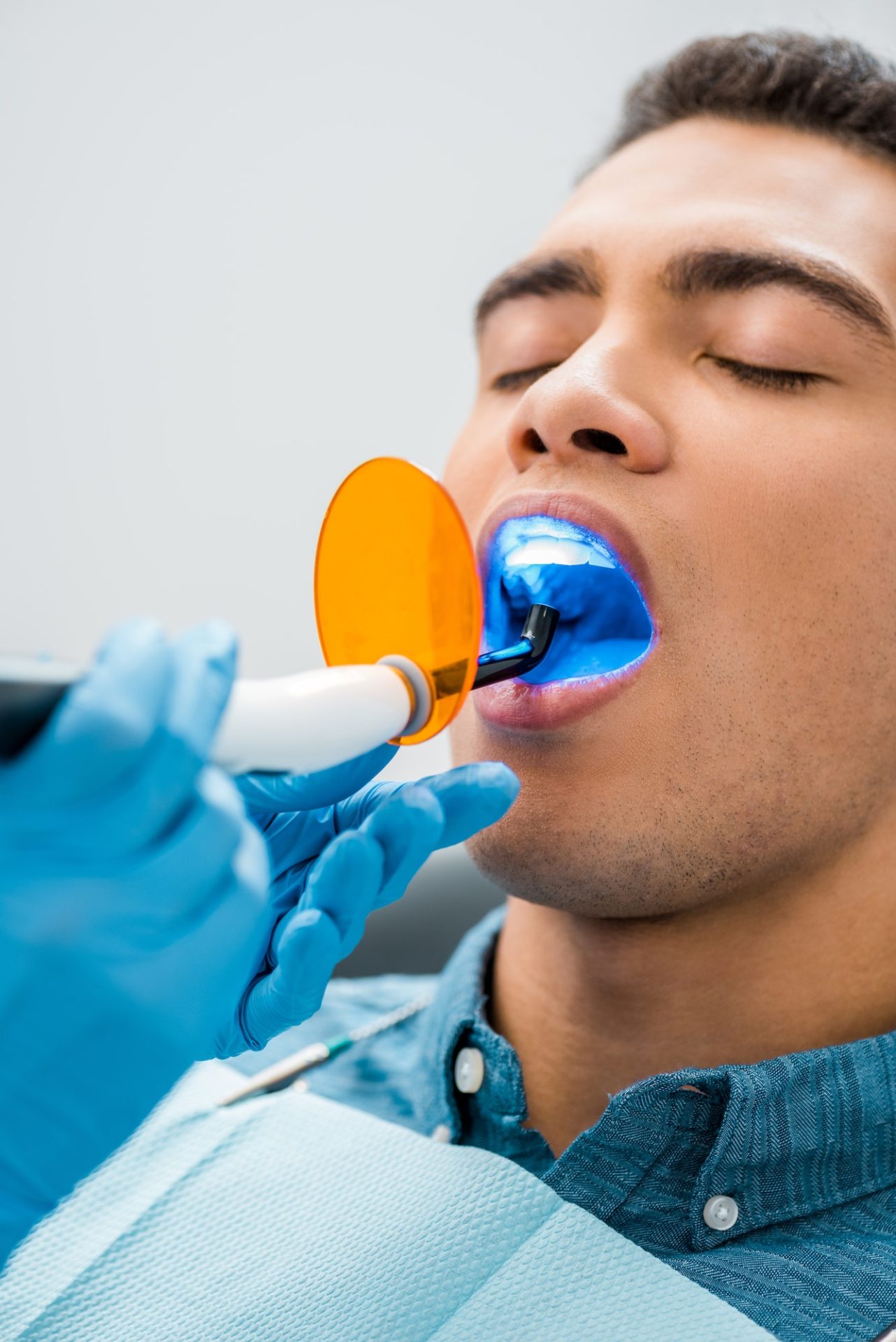Cosmetic Dental Designs
Teeth Whitening
Who doesn’t love a dazzling, white smile? Tooth whitening is one of the most requested dental procedures done every year.
Over time, drinking coffee, red wine, smoking cigarettes, and simply aging can stain our teeth, as can certain medications such as tetracycline.
Tooth “whitening” is defined as any process that will make teeth appear whiter. There are two ways this is commonly done: bleaching and non-bleaching whitening products. Often the terms “bleaching” and “whitening” are used interchangeably, but the U.S. Food and Drug Administration (FDA) states the term “bleaching” can only be used when a product contains bleach. A product is considered simply “whitening” when it removes food or debris from the teeth without bleach.
Bleaching products contain peroxide (hydrogen peroxide or carbamide peroxide) and these products remove both surface and deep stains on teeth and can cause teeth to become even lighter than their natural shade.
The active ingredient in tooth whiteners available from dentists or drugstores is peroxide (hydrogen or carbamide). Hydrogen peroxide is the actual bleaching agent, while carbamide peroxide breaks down into hydrogen peroxide.
The bleaching products you can get from a dentist are much stronger than those purchased over-the-counter. Whiteners used by dentists may have as much as 35% to 45% peroxide while the store-bought whitening kits such as whitening strips or trays usually have just 7% peroxide. Other ingredients in both dentist-dispensed and OTC whiteners include glycerin, carbopol, sodium hydroxide, and flavorings.
Tooth whitening is safe for most people and the best candidates are those who only have mild to moderate discoloration. But there are certain types of discoloration that cannot be corrected by whitening treatments, and there are certain dental or medical conditions that may reduce the chances tooth whitening will work for you.
